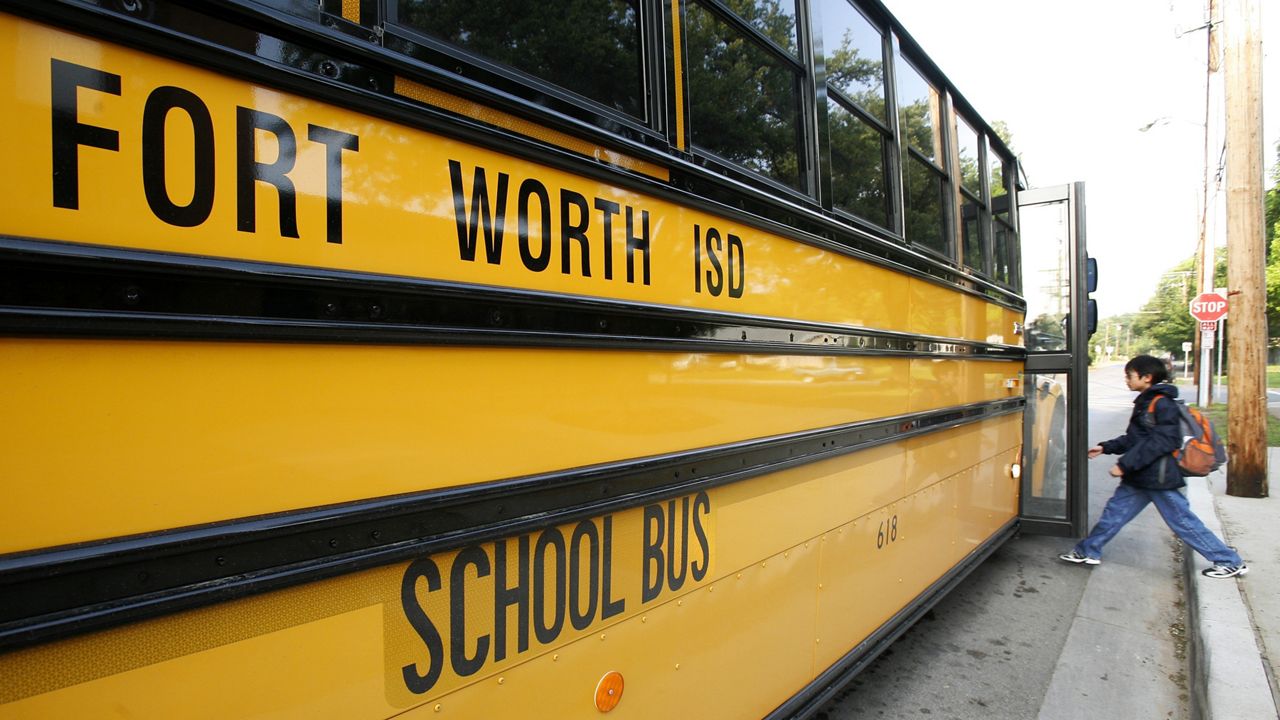AUSTIN, Texas — Statewide testing results released today show a decline in student performance.
The number of third through eighth grade students not meeting grade level in the STAAR 2021 testing increased from 2019, which was the last year the test was administered before the pandemic.
Overall students who were enrolled in virtual learning did far worse on this test than those who were enrolled in in-person learning. Districts with a higher percentage of virtual learning had greater declines in testing scores. English and English II were the only subjects that had a higher percentage of proficiency compared to 2019. They were also the only categories with more than 50% of the students testing at grade level or above standard.
Amazing and Amaude Smith are elementary school students in Austin. Both were enrolled in virtual learning in 2020, but they just went back to school in April.
Amazing Smith is going into fifth grade. She says she’s happy to be in class again and admits to being distracted at home.
“Sometimes I am distracted on my computer because I look at puppies all the time,” she said.
Both sisters took the STAAR test. Their mother Taniquewa Brewster pulled up the results on her phone when we interviewed her.
“AJ [Amaude] did not do so well,” Brewster said.
Brewster says virtual learning was hard for all her kids, but Amaude is in special needs classes, which made it even more difficult.
“Just because his ADHD and he has some other learning disabilities so it’s better for him to be in person where the teacher is actually there,” she said.
Brewster isn’t the only parent getting these results today. STAAR testing scores were similar for many students across Texas.
In a zoom interview, Tim Savoy with Hays CISD says virtual learning didn’t work for the majority of the district’s students.
“We looked at how many kids were failing at least one or more classes and that number was double what we normally see in any other given year,” Savoy said.
Savoy says students didn’t just find it harder to learn, but their mental health and lack of interaction with students played a role in their results as well.
“One of our students said that he didn’t barely get out of bed for a month, you know, and that’s heartbreaking when you hear that,” he said.
However Savoy says this is just one measurement of how students are doing in school and not every student takes this test.
Brewster says she doesn’t think schools should rely so much on STAAR as an indicator of student success.
“I think it’s just important that we take less focus off those standardized tests and put more focus on teaching children what they really need to learn,” she said.
To her and other parents, their kids are so much more than their test results.
Spectrum News 1 also spoke to other teachers and parents off camera that told us their kids scored well on the test while enrolled in virtual learning. Other parents told Spectrum News that their kids don’t take the test because they feel like it’s not an accurate measure.
Districts are trying to learn from these results and see how to incorporate virtual learning in the future in a way that doesn't affect student achievement. District officials say the legislature decided not to fund virtual learning in the next school year.











